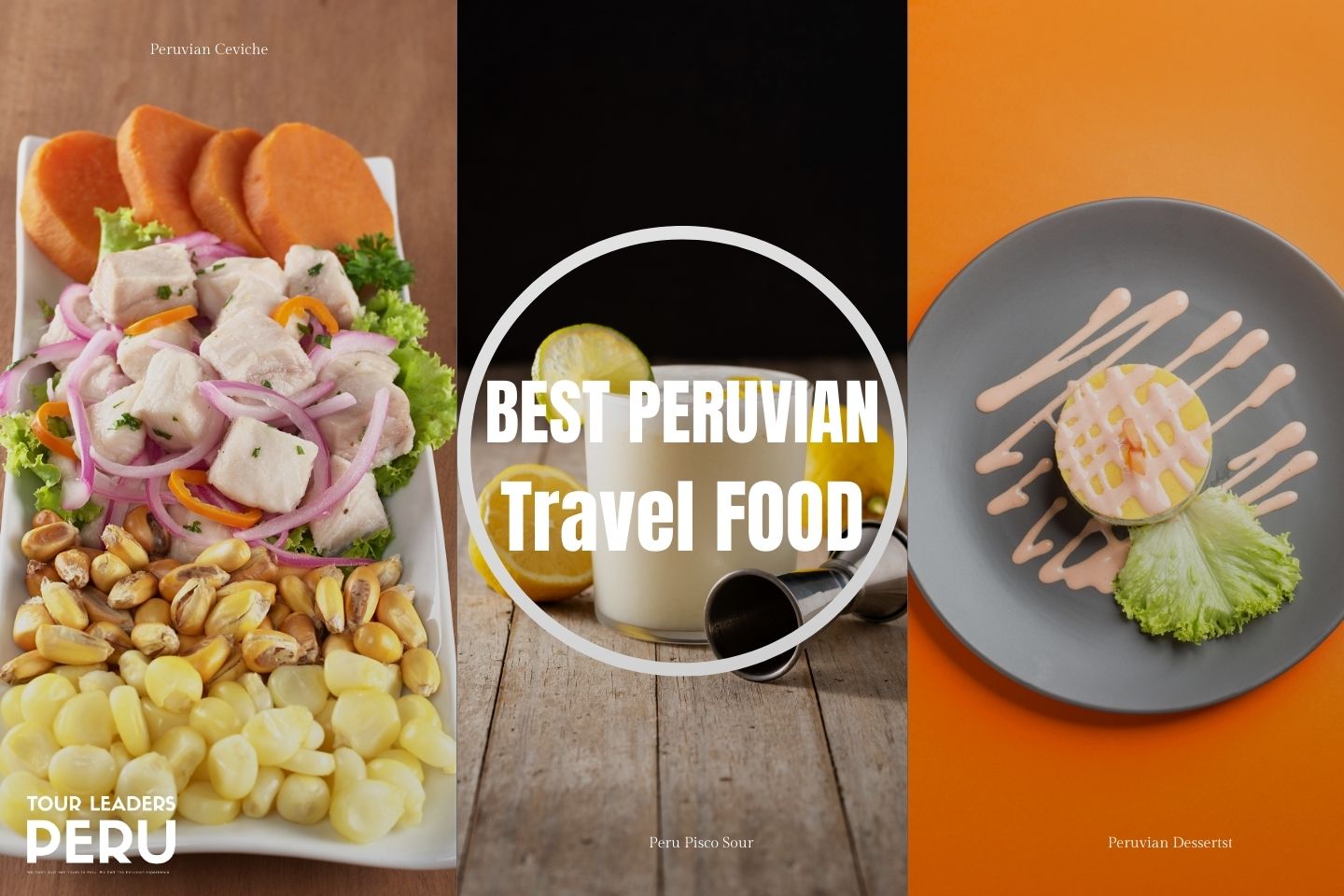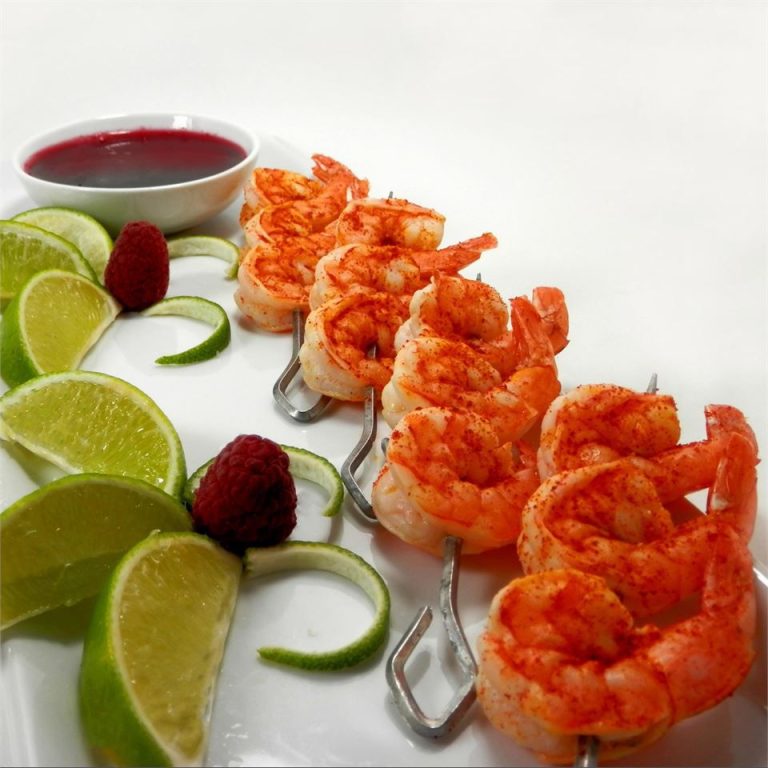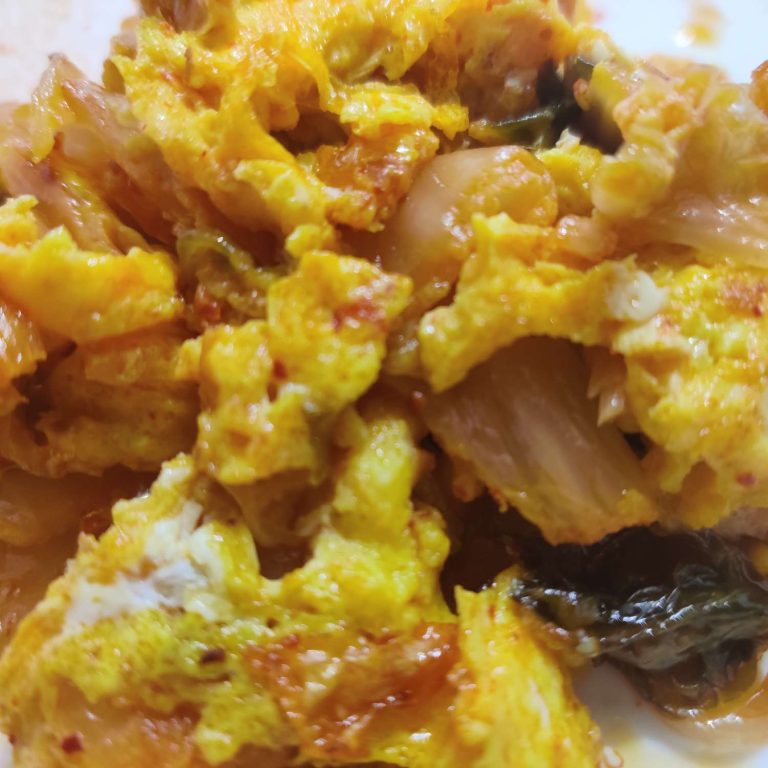Ceviche Peruano: A Culinary Journey Through History, Ingredients, and Health Benefits
Ceviche Peruano traces its roots back to the time of the Moche civilization, around 2,000 years ago. The Moche people, inhabiting Peru’s coastal area, prepared a dish using fresh fish and fermented juice from local fruits. This early version of ceviche laid the foundation for the modern recipe. With the arrival of Spanish colonizers in the 16th century, new ingredients like lime and onions were introduced, fundamentally transforming the dish into its present form. This fusion of indigenous and Spanish culinary techniques created the vibrant ceviche known today.
Global Spread
Ceviche’s global recognition began in the 20th century, leading to its popularity beyond Peru’s borders. Migration and the rise of Peruvian restaurants worldwide contributed significantly to its spread. Chefs began to experiment with variations, using different types of seafood and regional ingredients. Today, ceviche features prominently in many international menus, celebrated for its fresh flavors and healthy profile. Countries such as Mexico, Chile, and Ecuador have their versions, but Ceviche Peruano remains distinct due to its unique preparation method and ingredients.
Key Ingredients of Ceviche Peruano
Fresh Fish Varieties
Selecting high-quality fish is crucial for authentic Ceviche Peruano. Fish should be fresh and firm, with mild to moderate oiliness. Key varieties include:
- Corvina: A white fish known for its firm texture and delicate flavor. It holds up well in the acidic marinade.
- Flounder: Offers a mild taste and soft texture, ideal for absorbing the citrus flavors.
- Sea Bass: A versatile choice with a slightly sweet flavor that complements the marinade.
- Mahi-Mahi: Provides a sturdy texture and mild flavor, perfect for ceviche.
The Role of Citrus
Citrus fruits serve as the primary component in the marinating process of Ceviche Peruano. They help “cook” the fish through their acidity. Essential citrus varieties include:
- Limes: The most traditional choice, imparting a bright, tangy note.
- Lemons: Used in some variations, although less common than limes, providing a slightly different acidity.
Understanding these ingredients ensures you can create an authentic dish, reflecting the unique culinary traditions of Peru.
Preparing Ceviche Peruano
Marination Techniques
Marination is key when preparing Ceviche Peruano. Use fresh fish, cut into small, uniform pieces, to ensure even marination. Combine fish with freshly squeezed lime juice, enough to cover the fish completely. Let the fish sit in the lime juice for 10-20 minutes. This step “cooks” the fish through the acidity of the lime juice, which denatures the proteins.
Incorporate other ingredients after marination. Add thinly sliced red onions, chopped cilantro, finely minced garlic, and aji amarillo (Peruvian yellow chili pepper). Season with salt. Mix everything gently to avoid breaking the fish pieces. Let the mixture sit for another 5-10 minutes, allowing the flavors to meld together.
Presentation Styles
Presentation enhances the dining experience. Arrange the ceviche on a platter or individual plates. For a traditional look, serve with large kernels of Peruvian corn (choclo) and slices of sweet potato. Garnish with additional cilantro leaves and thin slices of red chili pepper.
Use transparent bowls or glasses to highlight the vibrant colors if you’re aiming for a modern style. Layer the ceviche, starting with the fish and topping it with onions and garnishes. Add a side of crispy cancha (toasted corn) for texture. Serve immediately to maintain the ceviche’s freshness and appearance.
Regional Variations Within Peru
Differences in Coastal Areas
Ceviche in coastal areas uses the freshest seafood. In Lima, the traditional recipe often features sea bass marinated in lime juice, served with onions, cilantro, and aji amarillo. In contrast, Northern Peru’s ceviche, particularly from Piura, includes the aromatic and spicy rocoto pepper. Coastal regions like Tumbes sometimes add a touch of sweetness using orange juice alongside lime for a unique flavor profile. Coastal recipes typically focus on simplicity to let the freshness of the seafood shine.
Influence of the Andes
In the Andean regions, ceviche incorporates local ingredients and techniques. Highland areas often substitute saltwater fish with river fish such as trout. The marination process might include ingredients like chicha de jora, a traditional fermented corn drink, adding a distinctive taste. Andean ceviche also includes regional herbs such as huacatay, known for its unique aroma. Additionally, it’s common to serve this variation with native tubers like oca or mashua instead of the traditional sweet potato, reflecting the local agricultural produce.
Health Benefits and Concerns
Nutritional Highlights
Ceviche Peruano offers various health benefits due to its nutrient-rich ingredients. Fresh fish, the primary component, provides lean protein, vitamins such as B12, and omega-3 fatty acids. Omega-3s support heart health and reduce inflammation. Lime juice, another key ingredient, is packed with vitamin C, which boosts your immune system and aids in collagen production. Red onions add antioxidants, which combat free radicals in your body. Cilantro contains vitamins A, C, and K along with minerals like potassium and manganese.
Safety Considerations
While Ceviche Peruano is nutritionally beneficial, consuming raw fish carries safety concerns. If not prepared correctly, raw fish can harbor parasites and bacteria like Vibrio. To mitigate this risk, always use high-quality, fresh fish and ensure its source is reputable. Properly storing fish at temperatures below 40°F until preparation reduces bacterial growth. The acidic environment created by lime juice partially “cooks” the fish, but this does not eliminate all potential pathogens. Pregnant women, young children, and individuals with compromised immune systems should avoid raw fish due to these risks.
Conclusion
Ceviche Peruano isn’t just a dish; it’s a vibrant piece of Peruvian culture. Its rich history and diverse regional variations make it a culinary adventure worth exploring. Packed with lean protein and essential nutrients, it offers a delicious way to enjoy a healthy meal. Remember to prioritize fresh, high-quality fish to ensure safety and savor the authentic flavors of this iconic Peruvian delicacy. Whether you’re a seasoned chef or a curious foodie, Ceviche Peruano brings a taste of Peru’s coastal and Andean heritage right to your plate.






